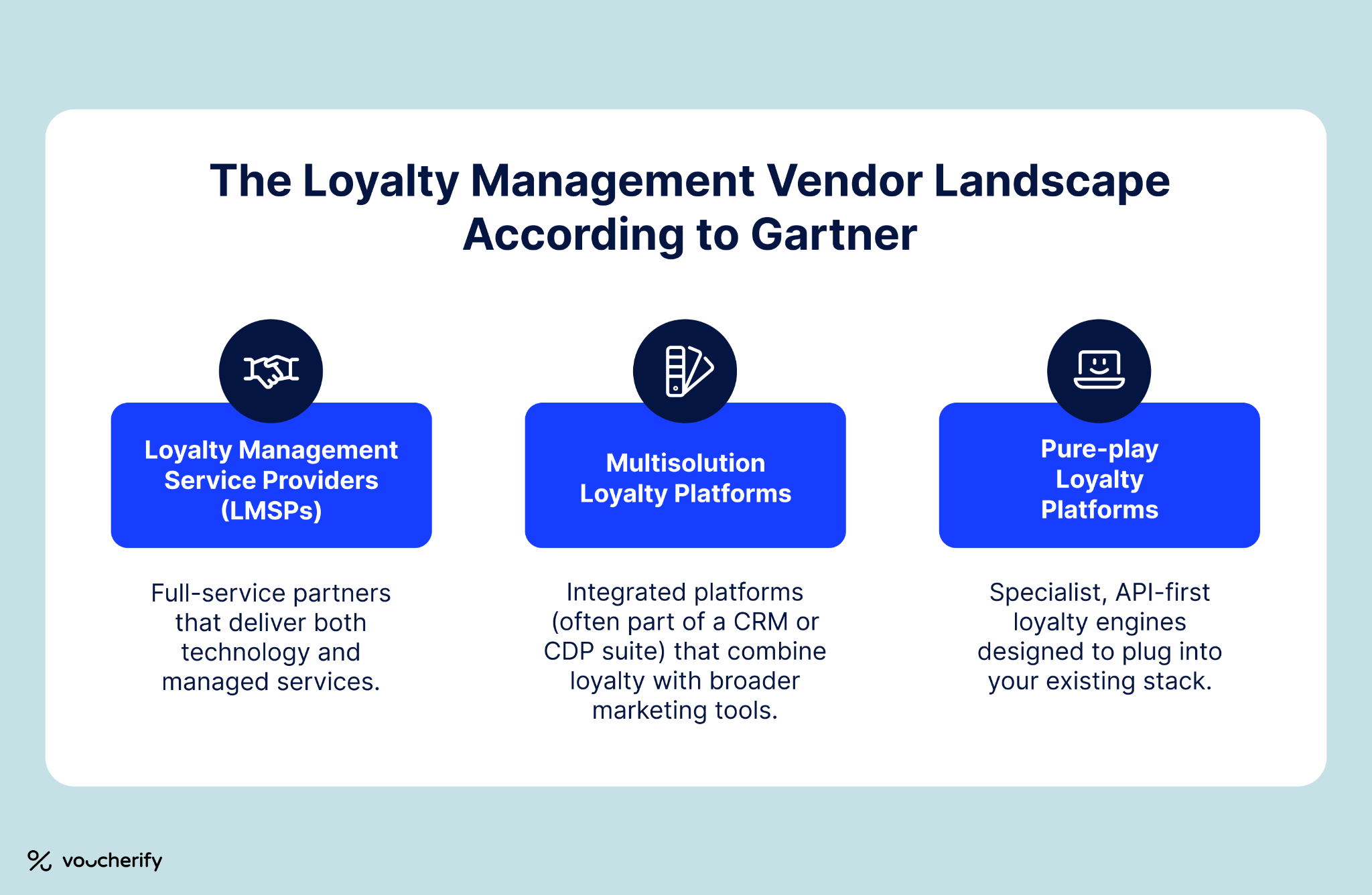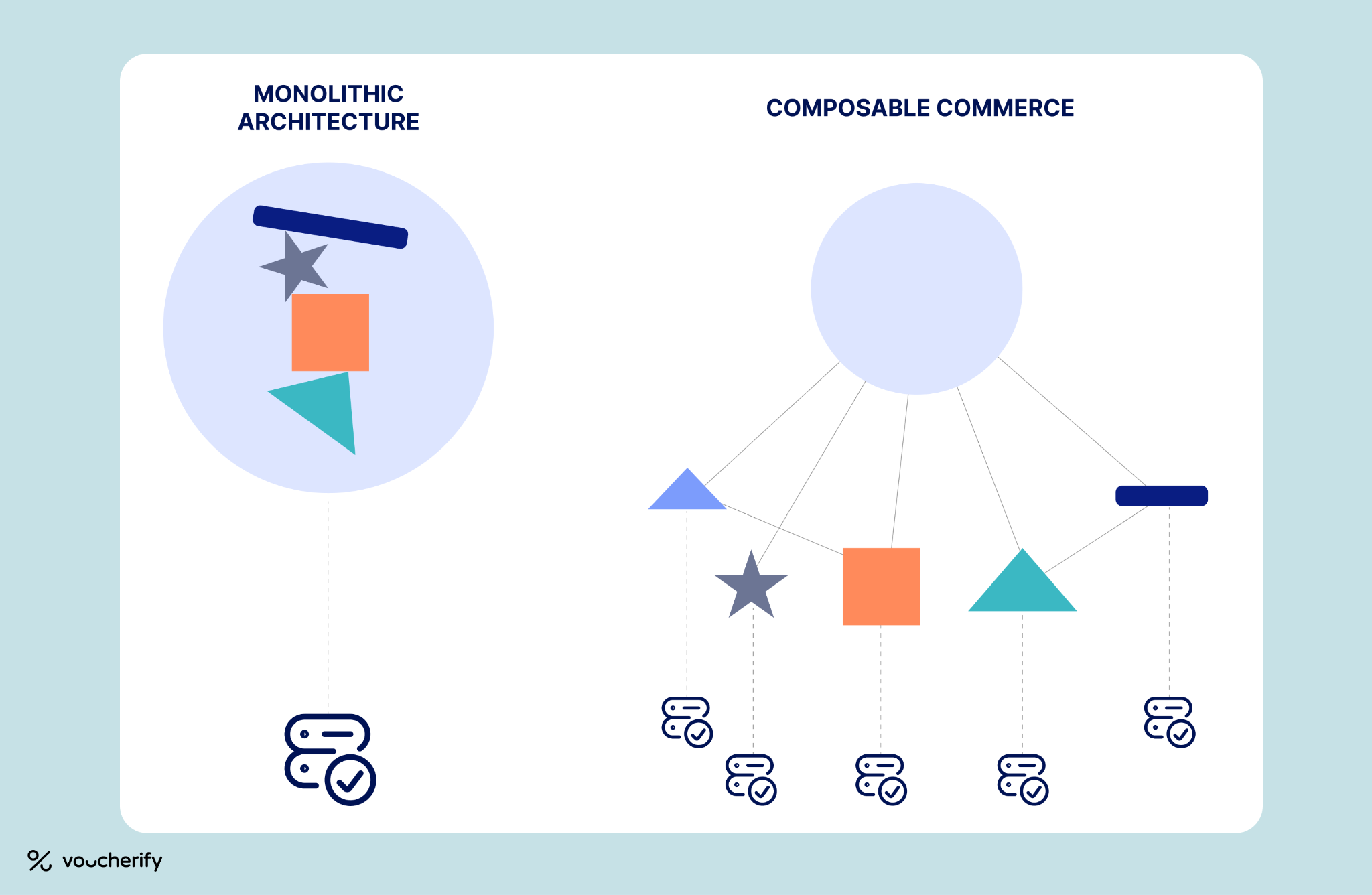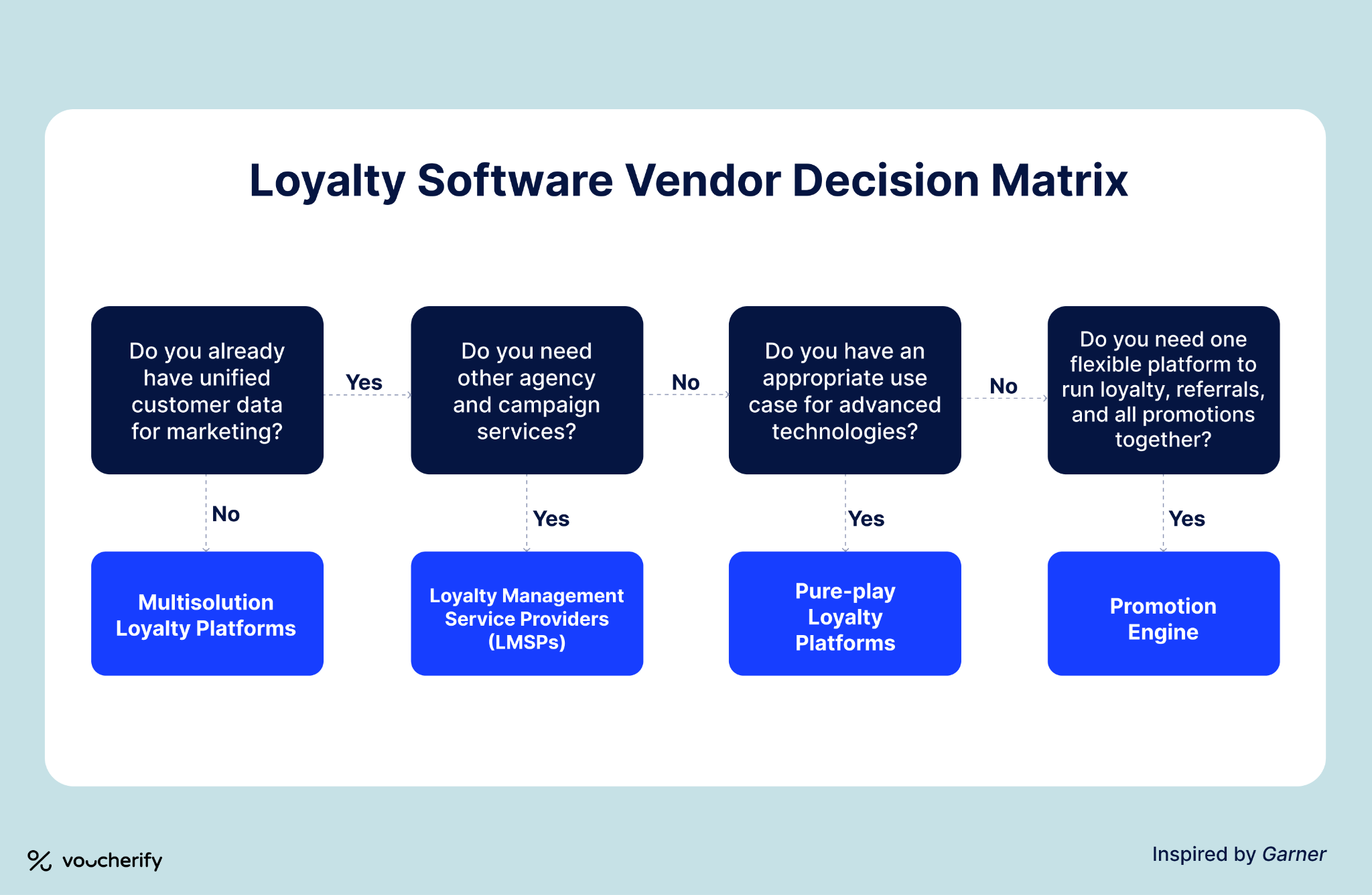
If you’re in marketing or product and you’re thinking about launching or upgrading a loyalty platform, here’s the truth: choosing the right loyalty software can either accelerate your growth or slow it down for quarters. Pick the right platform, and you’ll drive better retention, capture cleaner customer data, and move faster than your competitors. But the loyalty tech landscape in 2025? It’s complex.
Loyalty is no longer a side project. According to Gartner’s Market Guide for Loyalty Program Vendors, over 21% of 2023 marketing budgets were dedicated to loyalty and advocacy. Even more telling? 41% of CMOs increased loyalty spend year-over-year.
In this guide, I’ll cut through the noise and break down:
The best loyalty platforms today don’t live in a silo. They integrate directly with your CRM, CDP, e-commerce engine, and marketing stack. And they do more than just track redemptions. They:
According to Everest Group, loyalty systems are evolving into intelligent engagement ecosystems powered by data, automation, and AI. This is the future: loyalty as a core engagement layer, not a bolt-on rewards widget.
Learn more: Building Customer Loyalty with CDP and CRM-Driven Personalization
Modern loyalty platforms are no longer judged simply on whether they can track points, but on how intelligently they can anticipate and shape customer behavior. Machine learning is being applied at every stage of the loyalty journey:
Some tools even generate full campaign strategies based on your audience data. As the demand for hyper-personalized loyalty experiences grows, AI will be what makes it all scalable.
The old loyalty setup? Hire a consultancy, run a six-month project, and pray it works.
In today’s reality, marketing teams want control, speed, and flexibility. And the tech has caught up. Gartner reports a growing shift toward self-service loyalty tools that let marketers:
The result? Faster launches, more experimentation, and loyalty strategies that can actually keep pace with your business.
Not every loyalty platform is built with the same philosophy. Some are full-service setups where a vendor becomes almost an extension of your marketing team. Others give you the tech tools and let your own team take the wheel.
Broadly, Gartner breaks loyalty platforms into three categories:

Let’s unpack each category – who they’re best for, their strengths, and the trade-offs to be aware of.
What they offer?
LMSPs are the “done-for-you” option. You don’t just get a loyalty platform, you also get consultants, campaign managers, and analysts to design, launch, and operate the program for you. Many LMSPs have agency roots, which means they bring proprietary consumer data and industry-tested playbooks along with their tech.
Why brands choose them?
If you don’t have an internal loyalty team, LMSPs provide the expertise you’re missing. They’re especially popular with enterprises running large or complex programs – think retail groups with multiple brands, travel companies with coalition partners, or any brand where customer analytics and segmentation are critical.
Pros
Cons
Who it’s for?
Brands that want a white-glove solution, lack in-house resources, or simply want the peace of mind that comes with outsourcing loyalty to experts.
What they offer?
Multisolution providers embed loyalty into a larger ecosystem – often a marketing cloud, CRM, or CDP. Instead of buying a standalone loyalty system, you get loyalty as one module in a suite that also manages campaigns, data, and analytics.
Why brands choose them?
These platforms shine when you need a single customer view and the ability to use loyalty data across all your channels. For example, Salesforce Loyalty Management is designed to feed directly into Salesforce Marketing Cloud journeys, so tier changes or point balances can instantly trigger emails, push notifications, or ads.
Pros
Cons
Who it’s for?
Companies with marketing and data teams in place, looking to unify data and orchestration rather than outsource operations. Ideal if you’re already invested in a CRM/marketing cloud ecosystem.
What they offer?
Pure-play loyalty platforms are the specialists. They don’t try to be all-in-one marketing suites – they focus on loyalty engines built with APIs, SDKs, and real-time rules. Increasingly, they’re branded as promotion engines: one backend that powers loyalty points, referrals, vouchers, discounts, and gamified campaigns.
Why brands choose them?
Pure-plays are perfect if you want flexibility and control. Instead of adapting your strategy to fit a platform, you design the loyalty logic you need and wire it directly into your apps, website, or POS. They’re also the fastest to experiment with – many vendors highlight that you can launch campaigns in days, not months.
Everest Group points out that by 2025, enterprises are prioritizing modular, real-time, AI-enabled loyalty systems – an area where API-first engines are leading.
Pros
Cons
Who it’s for?
Digital-native brands, tech-savvy retailers, or enterprises with strong product/engineering teams who see loyalty as a core part of the product experience, not a standalone program.
Before we wrap up, it’s worth calling out a category that doesn’t sit neatly in Gartner’s three buckets but is reshaping the market: promotion engines.
Technically, you could classify them as a subset of pure-play platforms. But the way they position themselves is quite different – less about running a single, predefined “loyalty program,” and more about powering all types of incentives through one flexible backend.
Think of it as loyalty reimagined: not just points and tiers, but coupons, referral rewards, gift cards, cart-level promotions, gamified challenges, and yes, loyalty points – all unified in a single system.

Traditional loyalty platforms are built around managing a program: enroll members, track points, redeem rewards. Promotion engines, on the other hand, are built around incentives. That means they can support loyalty programs if you want them to, but they’re just as comfortable running a flash discount, powering a referral bonus, or enabling time-limited VIP perks.
For brands with modern, digital-first strategies, this flexibility is huge. Loyalty no longer lives in a silo; it blends into your product, your e-commerce flows, and your customer experience. An API-first promotion engine acts like a toolbox for customer engagement: configure incentives however you want, then distribute them in real time across apps, stores, and marketing channels.
This aligns closely with the wider composable commerce movement. Instead of being forced to use a suite’s built-in email or CMS, you keep your preferred tools – and the promotion engine just plugs in via APIs.

Learn more: Building Loyalty Programs in a Composable Architecture – A Practical Guide
Here are a few reasons promotion engines are gaining ground:
Promotion engines are especially attractive for:
If your goal is speed, experimentation, and creativity, a promotion engine is a natural fit.
By now, you know the main categories of loyalty platforms – LMSPs, multisolution suites, pure-play engines, and promotion engines. But knowing the landscape is just the first step. The real challenge is figuring out which approach fits your business best.

The decision boils down to a few factors: your team’s expertise, your data maturity, how much control you want, and whether you have any special program requirements. Here’s a framework to help you make the right call.
Ask yourself: Who’s actually going to run this program?
Gartner notes that companies without in-house experience often lean on LMSPs for turnkey support, while brands with stronger teams prefer self-service tools.
Your data strategy is often the deciding factor:
Everest Group highlights that leading enterprises are increasingly treating loyalty platforms as data and engagement hubs – but only when the integration works with no troubles.
Think of it this way: do you want a Swiss Army knife (all-in-one, but maybe not the sharpest blade for each function), or a set of specialized tools you connect yourself to?
This is where strategy meets culture.
Remember: control = speed and customization, but also responsibility. Outsourcing = less effort, but also less flexibility.
Every brand has unique needs. Make sure you map yours out before shortlisting vendors. For example:
Your “must-haves” list will quickly eliminate vendors who can’t deliver on core requirements.
No matter the type, your vendor must:
Loyalty programs hold sensitive personal data and financial liability (unredeemed points, gift cards). Don’t cut corners here.
Demos are useful, but hands-on trials are better. Let your marketers try the UI, let your developers hit the APIs, and ask the vendor for real-world case studies in your industry. Speak to reference customers – did the platform scale, was the support reliable, did it deliver ROI?
Choosing loyalty software isn’t just a tech decision. It’s a strategic choice about how you want to manage customer relationships. To recap:
Across all types, the trend is clear: customers expect loyalty programs to feel more personal, experiential, and omnichannel. Future-ready loyalty platforms will connect brands and customers across the entire journey – not just track transactions and AI and automation will be central to scaling personalization in loyalty by 2025.
The good news? With today’s technology, you don’t have to settle for points and punch cards. You can build loyalty programs that truly connect – balancing data, speed, and creativity to drive retention in 2025 and beyond.
.svg)